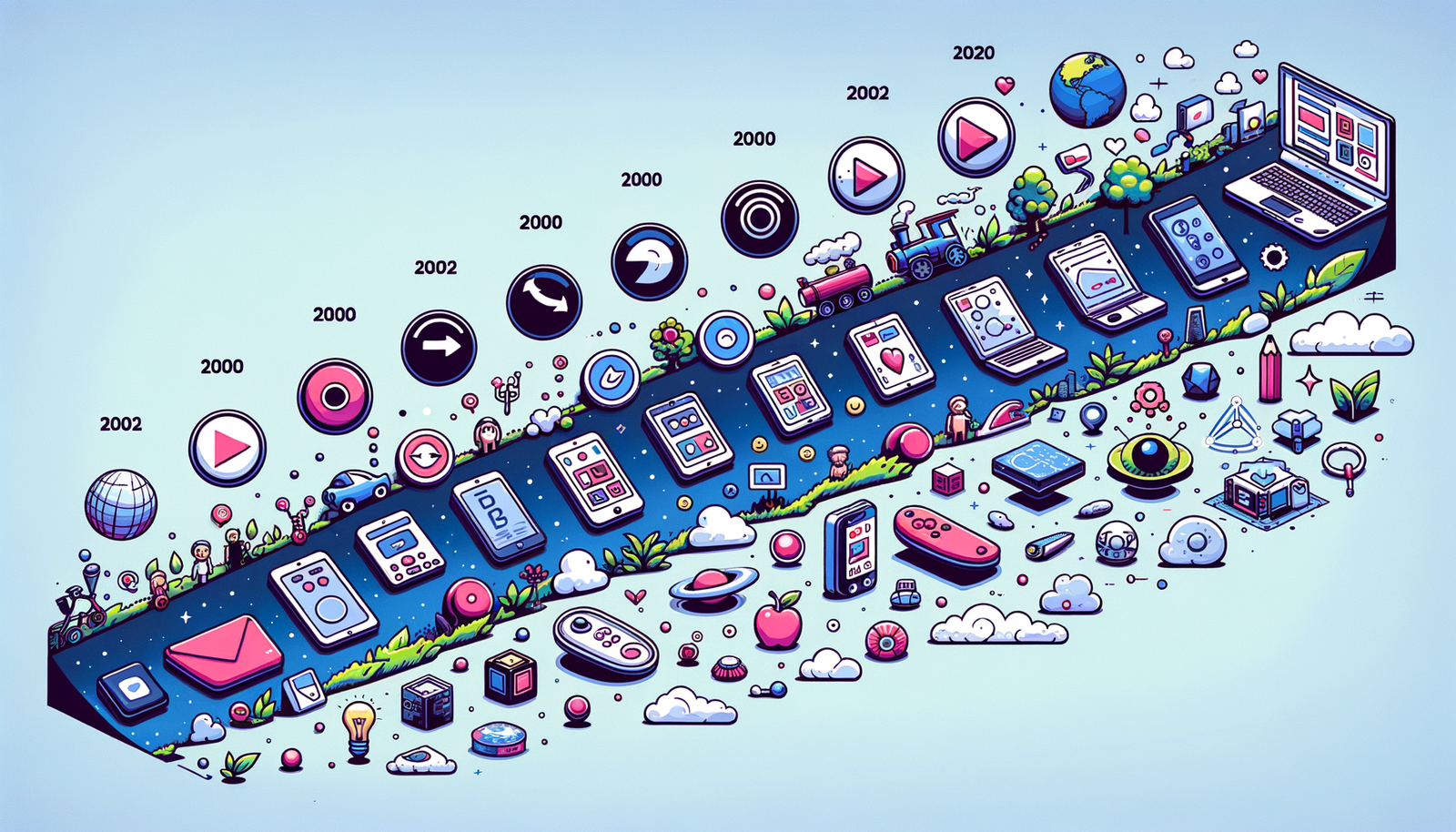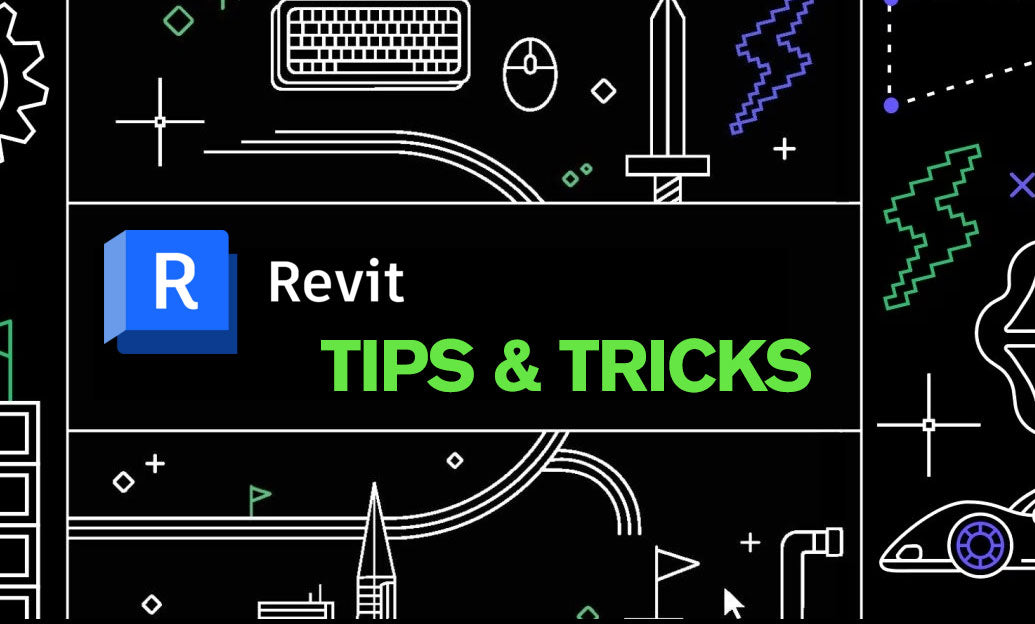Your Cart is Empty
Customer Testimonials
-
"Great customer service. The folks at Novedge were super helpful in navigating a somewhat complicated order including software upgrades and serial numbers in various stages of inactivity. They were friendly and helpful throughout the process.."
Ruben Ruckmark
"Quick & very helpful. We have been using Novedge for years and are very happy with their quick service when we need to make a purchase and excellent support resolving any issues."
Will Woodson
"Scott is the best. He reminds me about subscriptions dates, guides me in the correct direction for updates. He always responds promptly to me. He is literally the reason I continue to work with Novedge and will do so in the future."
Edward Mchugh
"Calvin Lok is “the man”. After my purchase of Sketchup 2021, he called me and provided step-by-step instructions to ease me through difficulties I was having with the setup of my new software."
Mike Borzage
Navigating the Evolution of Interface Design: From 2D to Spatial Computing and Beyond
July 21, 2024 3 min read


Understanding Interface Design Evolution
The realm of interface design stands as a pillar in software development, indispensable for creating engaging and effective user experiences. At its core, interface design navigates the intricate relationship between users and technology, shaping the way we interact with digital tools and environments.
A brief excursion into the history of interface design unveils its humble beginnings with 2D graphical user interfaces, which marked a significant leap from text-based interfaces. This evolution was spurred by the quest for more intuitive and visually engaging interactions, paving the way for the emergence of 3D and spatial computing technologies.
Several key technological advancements have played pivotal roles in the evolution of interface design. These include the development of touch input, the acceleration of graphic processing capabilities, and the advent of machine learning algorithms, each contributing to more dynamic and immersive user experiences.
Transformative Technologies in Interface Design
The introduction of spatial computing has dramatically transformed the landscape of interface design. By blending the physical and digital worlds, spatial computing allows for interfaces that extend beyond the confines of screens to encompass the three-dimensional space around us.
In the domain of virtual reality (VR) and augmented reality (AR), traditional 2D interfaces are being reimagined to support immersive experiences. These technologies enable users to interact with digital content in ways that are more natural and intuitive, leveraging the human penchant for spatial understanding.
Moreover, the integration of gesture recognition and eye-tracking technologies into design software epitomizes the shift towards creating more intuitive user experiences. These technologies facilitate a new breed of interfaces that can understand and anticipate user intentions, fostering a seamless interaction between humans and machines.
Case Studies: From 2D to Spatial Computing
The transition from 2D to spatial computing has been marked by a number of innovative applications across various industries. These transitions, while challenging, have unlocked new dimensions of user engagement, productivity, and creativity.
- Software applications that have successfully embraced spatial computing, offering users more immersive and interactive experiences.
- The integration challenges faced in these transitions, such as the need for more sophisticated hardware and the complexity of developing for 3D and spatial interfaces.
- The significant impact of these transitions on enhancing user engagement and fostering new forms of creativity and collaboration.
The journey from 2D interfaces to spatial computing underscores a broader evolution towards interfaces that are more aligned with human cognitive and perceptual capabilities.
The Future of Interface Design and Emerging Trends
Looking ahead, the interface design landscape is poised for a wave of groundbreaking innovations. AI-driven design interfaces and the burgeoning field of brain-computer interfaces (BCIs) promise to further blur the lines between human thought and digital execution, offering unprecedented levels of interaction and personalization.
The increasing emphasis on user experience (UX) design principles highlights the growing recognition of the importance of user-centric design in the evolution of interface technologies. As interfaces become more sophisticated, the principles of usability, accessibility, and engagement become ever more critical.
In preparation for the future, designers and developers must prioritize adaptability and continuous learning. The rapid pace of technological advancement demands a proactive approach to understanding and leveraging new interface paradigms, ensuring that we remain at the forefront of innovation.
In conclusion, the evolution of interface design is a testament to the relentless pursuit of more natural, intuitive, and powerful ways to interact with technology. As we stand on the cusp of new discoveries and innovations, the future of interface design holds untold possibilities, promising to redefine our digital experiences in profound ways.
Also in Design News

Cinema 4D Tip: Efficient Lookdev Iteration Using Cinema 4D Picture Viewer History
January 01, 2026 2 min read
Read More
Revit Tip: Standardized Revit Export for Reliable Navisworks Clash Detection
January 01, 2026 2 min read
Read More
V-Ray Tip: VRayOverrideMtl Clay Pass for Accurate Lighting Evaluation
January 01, 2026 2 min read
Read MoreSubscribe
Sign up to get the latest on sales, new releases and more …


